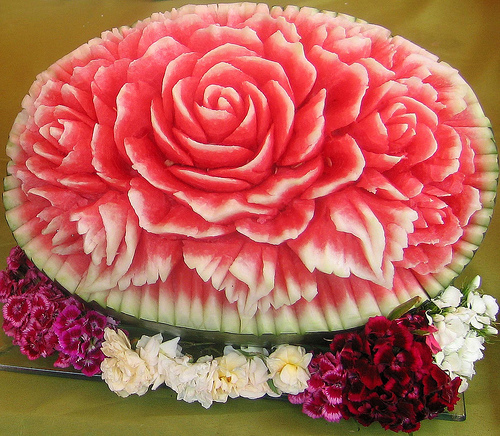Barry George

Photo: victoriapeckham
In the poems throughout Seed Across Snow, Kathleen Driskell’s careful attention to details creates the feeling of a heightened attentiveness to life. Nowhere is this more evident than in two of her poems about motherhood, “Why I Mother You the Way I Do” and “Seed.” In these two compelling poems, Driskell uses details to create two very different feelings about being a mother, two distinct moods.
“Why I Mother You the Way I Do” is, as the title reveals, a narrative explaining the speaker’s solicitousness as a parent. When she was in high school, we learn, two of her female classmates were killed as school was letting out, as they attempted to cross the highway to walk home. The story is told suspensefully: the details creep up on the reader, in much the same way as, toward poem’s end, the sheriff walks up on the victims’ unsuspecting mother to relate the tragedy. Clearly, these events in her adolescence imprinted themselves on the poet’s consciousness. In addition to the drama of the story, the way she conveys this is through ominous images which create a mood of alarm.
Even before we grasp the full story, the early details of the poem put us on alert. “I was in high school” (2), the poet writes, and describes “a waiting car” (3) and “the line of traffic stopped” (4). Then, in a succession of stark, arresting images we learn what has happened: “They both lay twisted in the road” (7), the science teacher was “crying because he only had one coat” (9), and the second sister was “covered with a white/ sheet” (10-11). The names are presented simply and without introduction; the grief-stricken teacher and slain students are “Mr. Desaro,” “Susan,” “Eve” (8-10).
The final telling image is that of the girls’ mother “still pushing her silver cart/ through the grocery” (12-13). The grocery cart, like the school bus and car, is one of the conveyances in a mechanized, modern society where the everyday tasks of life and possibilities for violence and horror – as with an accident – are two sides of a coin. That the cart is silver – a color the poem sets against the red emergency lights – further underscores the fragility of contemporary life. A day that, for all the mother knew, was as bright as any other has, in an instant, become tragic.
“Seed,” by contrast, is a series of half-narratives which portray a mother’s fascination with her young daughter’s discoveries of history, Halloween, and how plants grow, respectively. Here again, the mood is conveyed by the details, only this time it is one of delight; there is levity, humor, and brightness in the description. Squanto, a subject of the daughter’s studies at school, is “nearly naked and/ on his haunches” (2-3). Though the pumpkin she carves is described as being “lobotomized,” in context the expression is playful, like the “clump” of “gooey pulp/ and seeds” which the poet compares to “a slimy chandelier from the Titanic” (7-11).
When, finally, the speaker shares her pride in the daughter’s newly-grown watermelon, the poem’s color burst wide open. Addressing her daughter, she says:
…you smile, holding a ripe watermelon,
cut in half, exposing the black
seed within its bright red heart. (13-15)
The picture is like a Kodachrome photograph, with its bright smile, and the contrasting black and red of the ripe melon. Once again, the poem’s subject is symbolized and summed in one image: the seed. The speaker’s child or “seed,” the seed the daughter planted, the seed in the split-open melon – it is all these things. Life is going on.
Kathleen Driskell’s poems are vivid evocations of experiences that have left an imprint on her. As “Why I Mother You the Way I Do” and “Seed” show, they depend on the skillful use of imagery not only to bring the experiences alive again, but also to lend life its emotional color.











No comments so far ↓
Nobody has commented yet. Be the first!
Comment